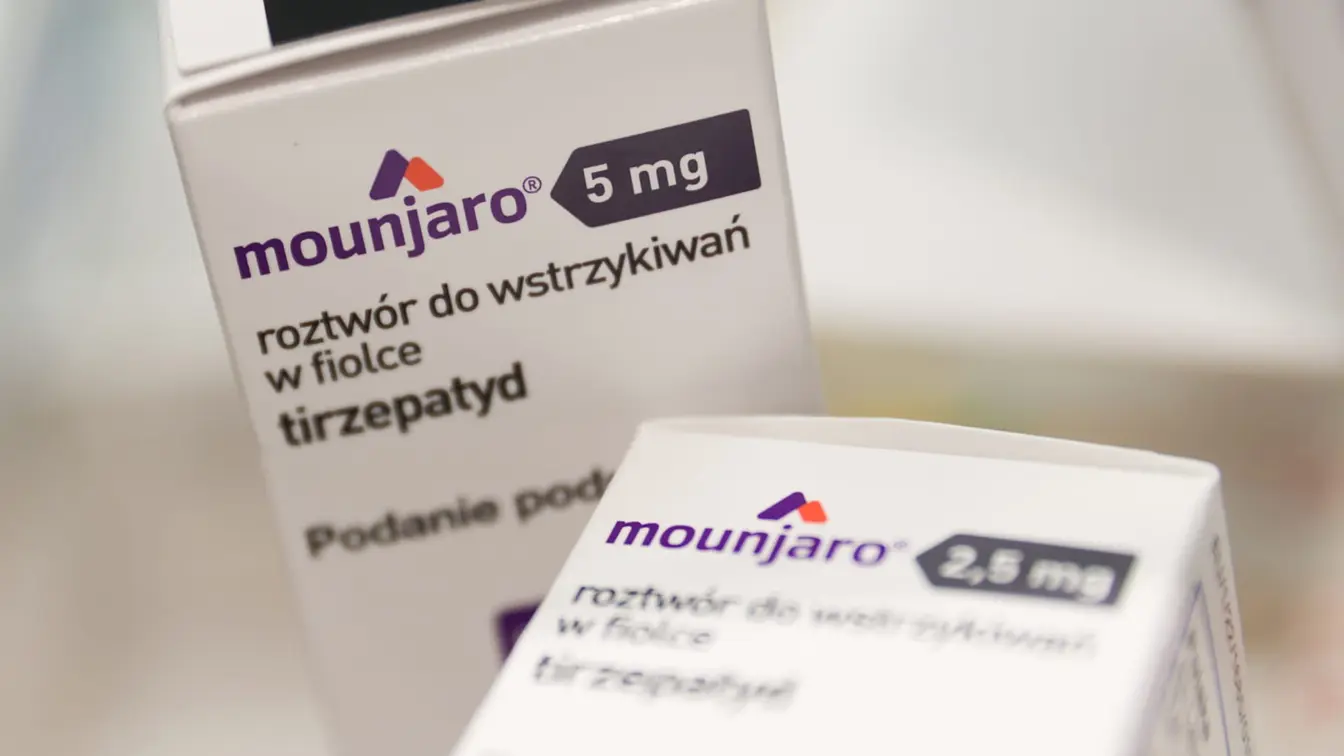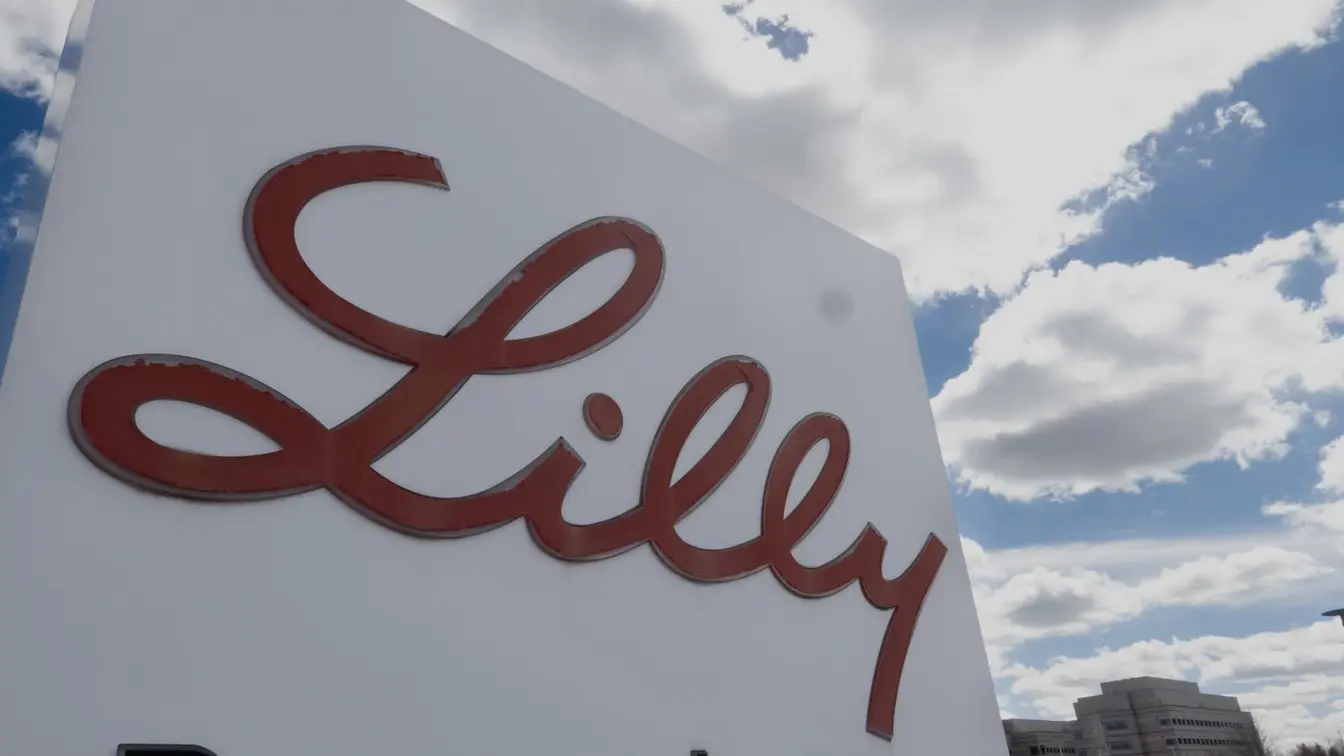T4K3.news
Lilly price shift raises questions about patient access
Eli Lilly plans to raise European prices to lower U.S. costs, a strategy with unclear impact on patients and payers.

Eli Lilly plans to raise list prices in Europe while aiming to lower costs in the United States, a strategy with unclear effects on patients.
Lilly Raises Europe Prices to Lower US Costs
Eli Lilly announced a plan to raise the list prices of medicines in Europe and other developed markets in order to lower prices in the United States. The move follows calls from parts of the U.S. government to curb high U.S. drug costs and uses the company’s UK price for its weight loss drug Mounjaro as a reference point. The company said the pricing shift is meant to support more favorable pricing in the U.S., but the real impact on revenue remains uncertain because governments and private insurers typically negotiate discounts off list prices.
In the United States, Lilly’s weight loss drug sold as Zepbound carries a list price around $1,000 per month, while the UK price for the same drug’s highest dose would see a steep increase from £122 to £330. Analysts note that higher official prices do not automatically translate into higher profits abroad due to negotiated rebates, discounts, and the complexity of payer contracts. The strategy asks whether public policy can actually reduce U.S. costs without triggering broader market distortions or patient access issues.
Key Takeaways
"Pricing strategies must serve patients, not quarterly goals."
editorial reaction to the price shift
"If higher list prices abroad do not translate into lower out-of-pocket costs in the United States, trust erodes."
commentary on potential patient impact
"This move tests how policy, markets, and patients intersect in an era of rising drug costs."
policy and market implications
The pricing approach signals a broader industry test: can a multinational raise sticker prices in one market to fund or justify lower costs elsewhere? If discounts and rebates erode the apparent gains, the plan risks being seen as a political tactic rather than a long-term health solution. The move also widens the debate about how pricing justice should work across borders, especially when life-saving drugs show stark price gaps between regions.
Public reception will hinge on whether patients notice tangible savings at the pharmacy counter and whether lawmakers reward or punish such maneuvers. For investors, the policy mix—pricing shifts, regulatory responses, and payer dynamics—will shape expectations about future revenue streams and risk exposure. The broader question remains whether this strategy improves access or merely shifts the cost burden between regions.
Highlights
- Pricing should serve patients not profits
- Access cannot be a border issue
- Trust in pricing is earned not assumed
- Real relief is what patients feel at the counter
Political and public backlash risk over price shift
Raising European prices while aiming to lower U.S. costs could draw political criticism and investor scrutiny. The approach relies on complex discounts and payer negotiations, making real-world impact uncertain and creating potential public backlash in multiple regions.
Pricing shifts like this will be judged not by list price, but by what patients pay at the register.
Enjoyed this? Let your friends know!
Related News

Lilly raises UK Mounjaro price amid US pressure

Mounjaro price hike hits private buyers

Mounjaro UK price increase announced

Weight loss pill nears NHS rollout

Pricing pressure hits UK market

Exploring GLP-1 medications and their implications

Natural appetite pill gains attention in UK

Glp-1 drugs move to pharmacy shelves
